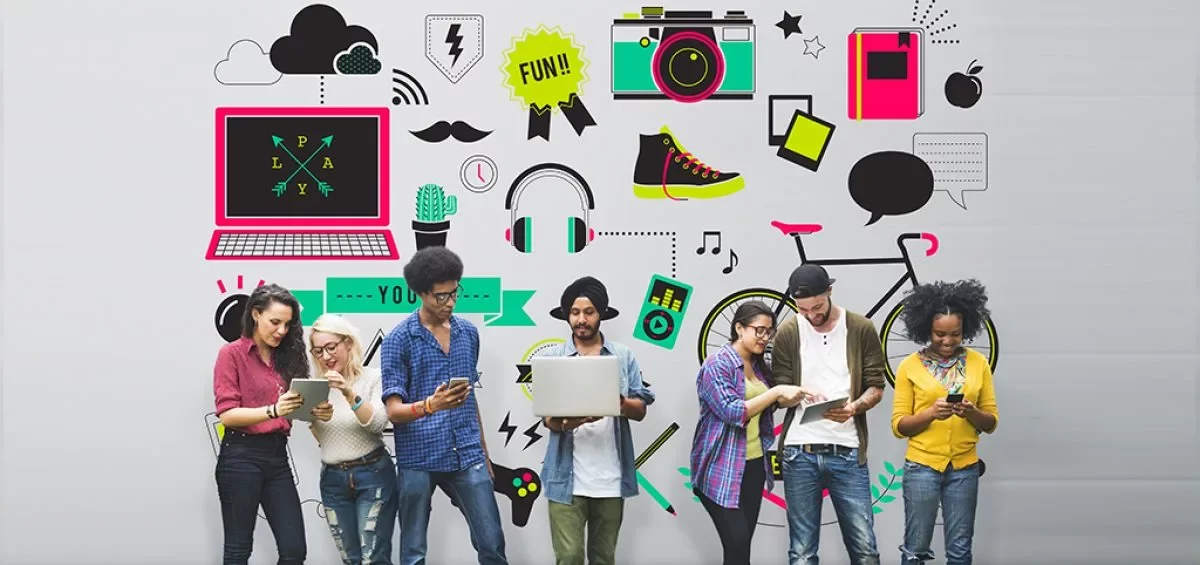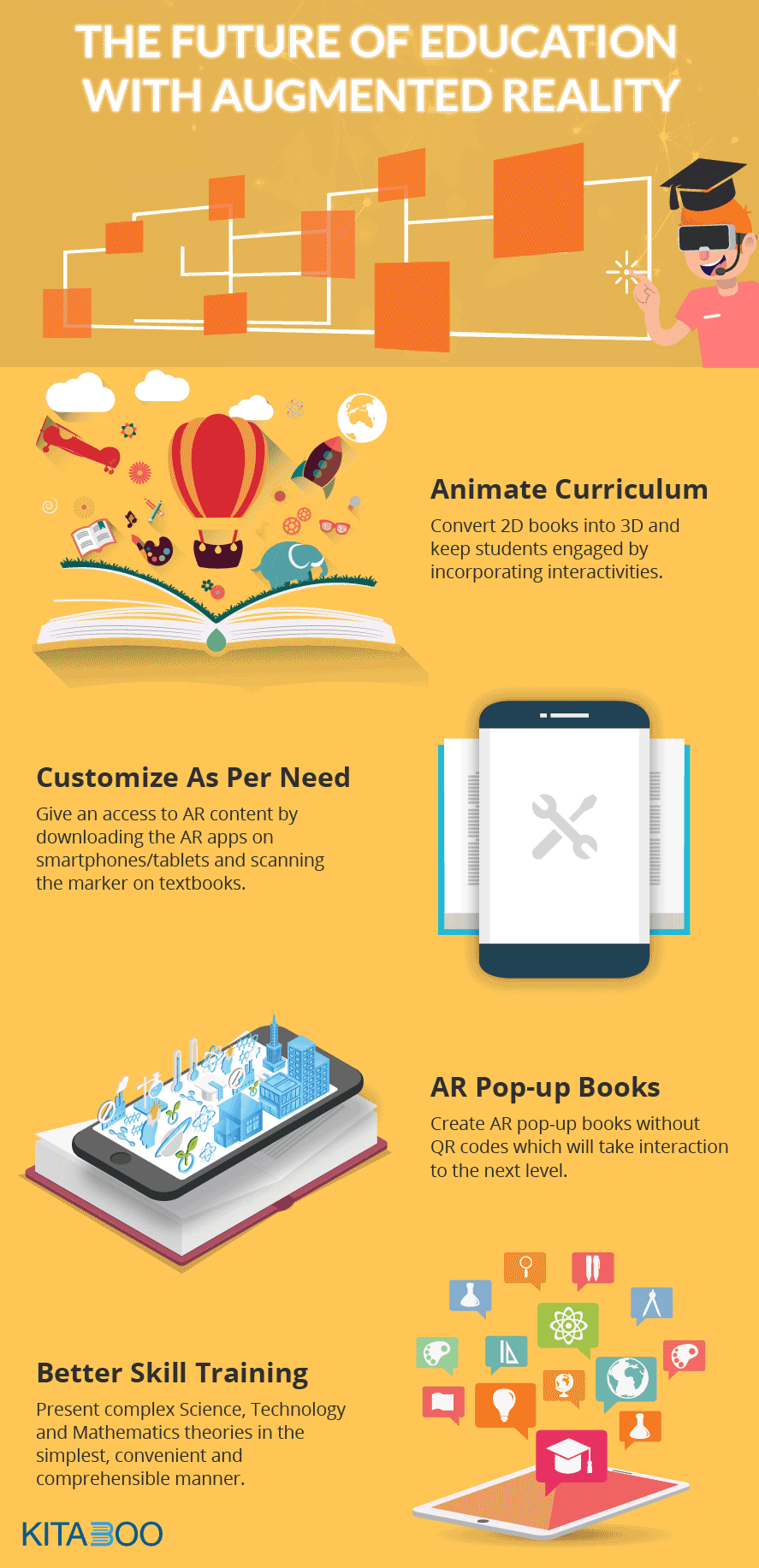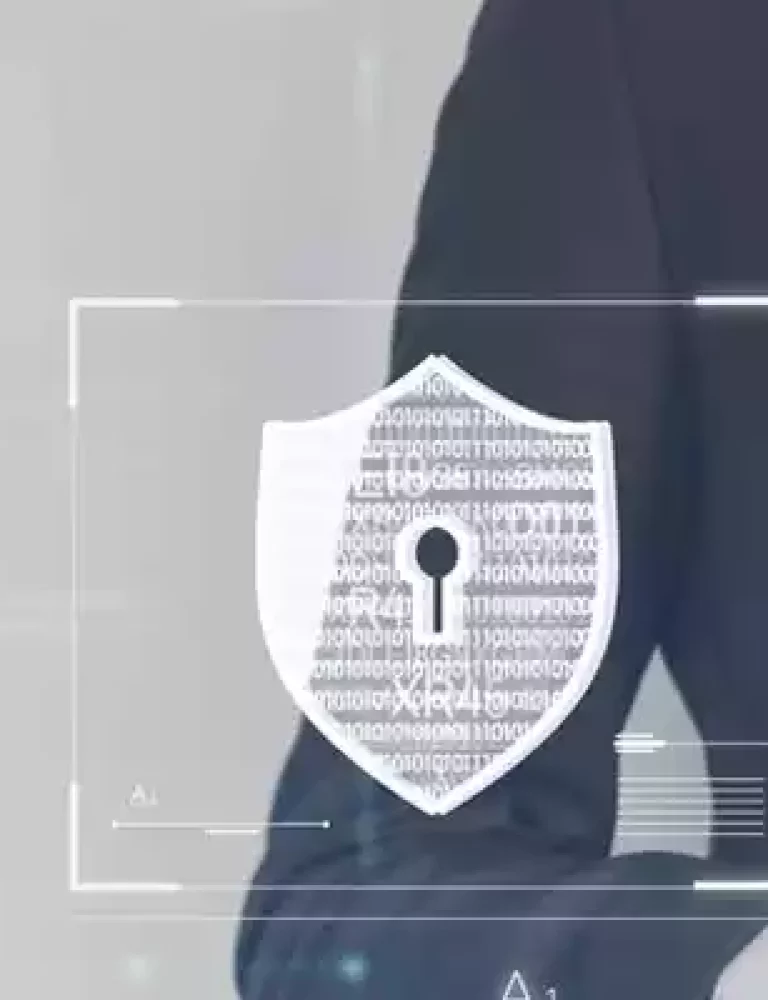The last few years have witnessed a dramatic change in the learning model. The way students are being taught today is very different from the teaching methods that were adopted a few decades back. Technology has brought about various changes in the way education is delivered and received.
From self-learning to flipped classroom approach, we have seen technology make a considerable impact on the learning and teaching methodologies.
With numerous benefits to offer, digital learning has become an important part of the education system. Information and communication technology (ICT) brings in multiple benefits for digital learning and student-centric engagement. The ICT trends in education shaped the schools and universities to implement the latest in education technology in order to improve the teaching and learning process.
Table of Contents
I. Top 20 Trends in EdTech, 2024
- Collaborative Learning
- Learning Outside the Classroom Environment
- Social Media in Learning
- Interactivity in Classroom
- Data Management & Analytics
- Immersive Learning with AR and VR
- Gamification in Education
- Online Data and Cybersecurity
- Personalized Learning
- Global Online Learning Communities
- Blockchain for Secure and Transparent Educational Records
- Adaptive Learning Technologies
- Cloud Computing Facilitating Remote Education
- Big Data and Learning Analytics
- Internet of Things (IoT) in Smart Educational Environments
- 5G Technology Accelerating Online Learning
- Microlearning
- Social Learning Platforms
- Voice Assistants and Chatbots in Learning
- Digital Twins in Education
II. Conclusion
I. Top 20 Trends in EdTech, 2024
1. Collaborative Learning
The innovative trends in educational technology have made it possible for everyone to stay connected. The impact of the current trends of ICT in the field of education has paved multiple options. We connect, discuss and enact upon situations collaboratively. This collaborative approach has gained importance in the learning process as well. In a classroom learning model, teachers encourage collaboration by assigning group activities and tasks.
When students team up together to work on a project or solve a problem, it builds their collaborative skills. Working together improves their understanding and increases engagement.
Although eLearning is quite popular, it includes collaboration with features to share and discuss. In a traditional teaching model, a teacher enters a classroom, speaks for about 30 minutes, and leaves when the bell rings. But today, technology has bridged the gap between teachers and students.
You would find teachers and students interacting with each other more often. Teachers are far more accessible now and act as mentors to help students in their overall development. This collaborative learning approach helps students to interact with their peers and build their interpersonal skills.
2. Learning Outside the Classroom Environment
Various technology trends in education keep changing the digital world. Mobile-based devices have taken learning outside of the classroom. With mLearning and eLearning growing in popularity, students can learn at their own pace and time. This trend is expected to keep up as it is a convenient method of delivering as well as receiving the education. Designing mobile-first responsive content helps students to go through their courses anytime and anywhere.
Internet connection is no longer an issue with offline reading capabilities. eBooks can be embedded with many features to enhance the learning experience. Complete with annotation tools, bookmarks, hyperlinks, dictionary, search feature, an eBook makes learning more flexible. Most of the educational institutes today have adopted mobile learning into their learning ecosystems, benefiting students and teachers alike.
3. Social Media in Learning
Who would have ever thought that social media would one day be accepted as part of the learning process? The technological trends in teaching and learning are rapidly changing every day. With kids as young as eleven having social media profiles on various platforms, you can’t really expect to keep them away from social media for too long. So, teachers found a way to utilize this trend and turn it into a powerful tool for enhancing the learning process.
Educational institutes have started using social media as a communication tool, where students can interact with their peers and faculty members. Usually, students share videos and images with their friends and followers. But with social features embedded in their eBooks, they can share study materials, opinions, projects etc.
They can comment on someone else’s post or share links to other websites, all the while building peer networks and enhancing the online learning experience. Teachers allow the use of social media as part of the learning model because it helps students to stay interested in their course and increases engagement. Social media is here to stay and incorporating it into learning modules will build a culture of collaboration and sharing, leading to an improved learning experience.
4. Interactivity in Classroom
Bringing technology into the classroom has made classrooms lively and interactive. With eBooks, the course content can be embedded with videos, augmented reality, audio files etc. Unlike a printed book, eBook allows for more interaction to take place in the classroom. The flipped classroom model has allowed students to do all the learning at home and all the practical work at school.
All these new technologies have brought about a change in the way that classes used to function traditionally. Teachers can now assist and guide students with their homework in class.
They can have discussions and activities in classrooms, creating an interactive environment where students are completely involved in the learning process. Creating interaction and engagement has become a priority for many schools and universities. This style of learning has seen a growth in recent years for its ability to keep students engaged in the classrooms. Here’s a list of the 10 best ebook creators
Related: How to Create an Interactive eBook
5. Data Management & Analytics
Managing data has become ever so convenient and important with the advent of technology in the education system. Teachers can now have complete analytics of a student’s performance, such as the number of tests attempted, chapters completed etc.
Homework and assignments can be assigned to the entire class at once and teachers can evaluate the results online. This kind of automation in classroom activities has enabled teachers to focus more on their course modules and offer in-depth guidance.
Analytics has become an important part of any online learning model as it enables the measurement of a child’s engagement and academic performance. According to the data available, teachers can develop action plans to improve students’ performance.
In case the data reveals a collective issue or a troubling pattern with an individual student’s performance, it can be highlighted, and appropriate measures can be taken. The remote monitoring of student activities enables teachers to offer personalized training if required. All these factors have contributed to making data management and data analytics an important part of education.
Whitepaper:
The State of Digital Content in Global K-12 Education
6. Immersive Learning with AR and VR
With the introduction of augmented reality and virtual reality into the education system, the classroom learning experience has undergone a tremendous change. Learning has become much more immersive than traditional methods. Unlike plain images and hands-on experiments in the lab, students can now view enhanced versions of the image and objects on their mobile devices. The augmented and virtual reality trends in education technology are making learning a compelling experience.
While augmented reality provides an enhanced view of a real image, virtual reality gives a false perception of reality around them. Both these techniques have taken digital learning to new dimensions. AR and VR are increasingly being used to explain complex concepts. From atoms to planets, and from Egypt to the Colosseum, students can explore and learn so much more.
Related: How Augmented Reality Can Transform the Classroom?
Click on the image below to view an infographic about the Future of Education with Augmented Reality
7. Gamification in Education
The latest trends in educational technology have been gaining popularity for the simple reason that it increases student engagement. We have seen gamification being used in classrooms in different forms such as leaderboards, reward points, badges, stickers etc. Of all the trends in education technology, gamification is the one trend which guarantees an increase in participation, engagement, and competition.
Students become actively involved in the classroom activities to increase their scores and leaderboard rankings. And the need to lead the scoreboards result in improved performance and better retention.
Gamification incentivizes students to learn and practice, improving the overall learning process. So, teachers use gamification as a means to increase engagement, boost motivation and create an interactive classroom environment.
Either ways, it is helpful in increasing students’ morale and encourages them to perform better every time. We can see this trend being utilized further, in more innovative ways to enhance the learning model.
8. Online Data and Cybersecurity
The need for data security is at an all-time high. While cloud storage has become the norm these days, it could prove disastrous at times. People and institutions prefer cloud storage because it is a shared environment and it makes accessing data easy for everyone. With that being said, there have been a lot of instances in the past where online data has been hacked for ransom.
Cyber threats have been a cause of worry for many institutions- educational and otherwise. Student information like name, email address, date of birth and phone numbers cannot be compromised. Test results and assignments are also stored on the cloud by many. Education institutes are implementing the best data security measures to protect their online data and their students’ interests.
While we are at the topic of cybercrimes, we must also address cyberbullying. In 2017, 14.5% of students in the U.S. reported that they were bullied electronically. Cyberbullying could lead to dangerous outcomes, and hence schools and universities are taking appropriate precautionary measures to prevent online bullying. Cybersecurity, therefore, is one trend which holds a lot of importance in these times.
9. Personalized Learning
Personalized learning is an approach to education that tailors teaching and learning to individual students’ needs and preferences. In 2024, personalized learning could become even more prevalent thanks to advances in artificial intelligence and data analytics. Teachers and educational technology platforms may use AI algorithms to analyze student data and provide personalized recommendations on content, pacing, and learning strategies.
10. Global Online Learning Communities
Online platforms are connecting students and educators from around the world. This global perspective fosters cultural understanding and collaboration. It also opens up opportunities for diverse learning experiences and cross-cultural projects.
11. Blockchain for Secure and Transparent Educational Records
Blockchain technology offers a secure, immutable ledger for educational records, ensuring transparency and ease of access. This technology is particularly beneficial for credential verification, streamlining the process for both graduates and employers. Educational institutions are increasingly adopting blockchain to manage diplomas and certifications, ensuring authenticity and ease of verification.
12. Adaptive Learning Technologies
Adaptive learning technologies offer a bespoke educational journey, adjusting content and difficulty based on individual learner responses. These technologies identify student strengths and weaknesses, providing tailored support and challenges. The result is a more efficient learning process, catering to the unique needs of each student.
Guide:
Know How to Create an Interactive eBook
13. Cloud Computing Facilitating Remote Education
Cloud computing has revolutionized remote education, offering scalable, on-demand resources for learners and educators. Educational institutions leverage cloud technology for data storage, collaboration tools, and software applications, facilitating seamless remote learning experiences. Case studies highlight the efficacy of cloud-based learning platforms in enhancing accessibility and collaboration.
14. Big Data and Learning Analytics
Big Data in education enables the analysis of vast amounts of educational data, providing insights into learning patterns and behaviors. This analysis informs educational strategies, leading to more effective teaching methods and improved learning outcomes. Learning analytics help educators identify at-risk students, tailor instruction, and enhance overall educational quality.
15. Internet of Things (IoT) in Smart Educational Environments
The Internet of Things (IoT) integrates physical objects with internet connectivity in educational settings, creating smart learning environments. IoT devices, such as smart boards and connected lab equipment, enhance interactive learning experiences. These technologies offer real-time feedback and hands-on learning opportunities, preparing students for a technology-driven world.
16. 5G Technology Accelerating Online Learning
The advent of 5G technology promises unprecedented connectivity and speed, significantly enhancing online learning experiences. 5G’s low latency and high bandwidth facilitate smoother video streaming, virtual classrooms, and augmented reality experiences, ensuring seamless and interactive online education.
17. Microlearning
Microlearning breaks down educational content into small, manageable units, making it easier for learners to absorb and retain information. This approach is particularly effective in corporate training and higher education, where it can be used to deliver concise lessons designed to fit into busy schedules.
Microlearning modules often incorporate multimedia elements, enhancing engagement and learning outcomes.
18. Social Learning Platforms
Social learning platforms integrate the interactive and collaborative features of social media into educational environments, promoting peer learning and community building. These platforms encourage students to share resources, discuss topics, and work together on projects, fostering a sense of community and collaboration. Social learning platforms are particularly effective in engaging students and enhancing their learning experience through peer interaction and support.
19. Voice Assistants and Chatbots in Learning
Voice assistants and chatbots, powered by AI, are becoming integral to personalized learning experiences. These technologies offer students instant access to information, homework help, and interactive learning activities. They can adapt to individual learning styles and preferences, providing personalized feedback and support, thereby enhancing student engagement and learning efficiency.
20. Digital Twins in Education
Digital twins, virtual replicas of physical systems, are gaining traction in education, particularly in fields such as engineering, architecture, and environmental studies. These simulations allow students to experiment with and observe the outcomes of modifications to virtual models, providing a deep understanding of complex systems. Digital twins in education offer a hands-on learning experience without the associated real-world risks or costs.
II. Conclusion
It was only a matter of time before the education sector was taken over by technology. Although the acceptance rate was low in the beginning, it gradually gained momentum. Teaching and learning methods have undergone a significant change due to all the trends in education technology. Every year, new trends emerge to provide something new to the learners.
They say change is constant, similarly, innovations in the field of technology are also constant. And certain innovations can be implemented in the education system for improving their learning and development process. The result of these innovations become a trend which then leads to better teaching and learning techniques.
Contact our expert team to learn more.
To know more, write to us at KITABOO@hurix.com.
Related:
- Are eTextbooks The Next Big Thing in K12 Education?
- Top 7 Innovations in K12 Education
- Pre-K Learning: Enhancing Education with Digital Technology
- Benefits of STEM Education and Publishing
- 10 Must-Have Features of an Online Education Platform
- Top Trends Higher Education Textbook Publishers Must Follow
- Employee Training Management Software that You Must Consider
- Top eBook Creator Apps for Android
- Best ePUB Readers for Android Users
- Top Content Authoring Tools
DISCOVER HOW AN INTERACTIVE EBOOK PUBLISHING & DELIVERY PLATFORM CAN HELP YOU
Kitaboo is a cloud-based content platform to create-publish & distribute interactive mobile-ready ebooks.
You May Also Like









